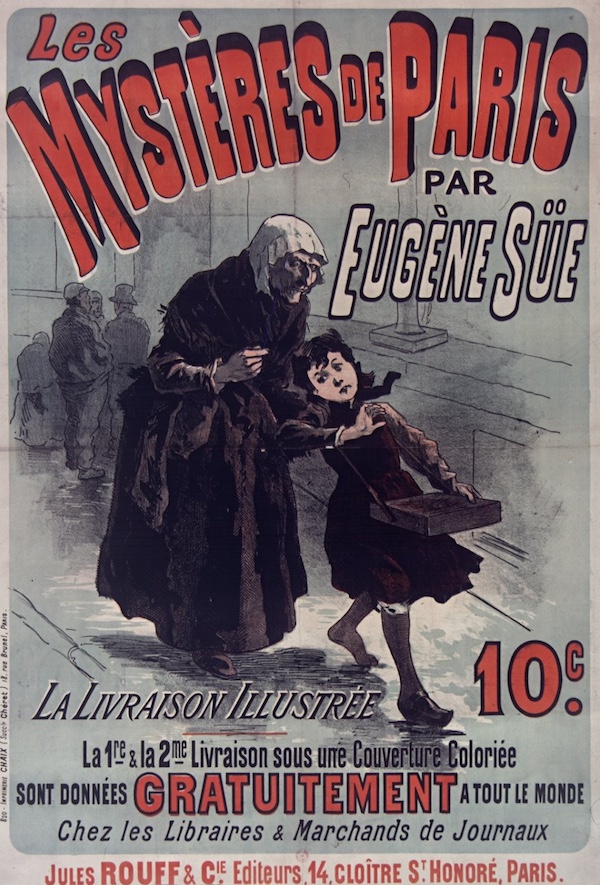A few weeks ago, I put up an interview with Anne O’Neill-Henry about her book Mastering the Marketplace, which examines the dawn of the era of the bestseller in nineteenth-century France. One of the main titles we talked about was one of that century’s biggest bestsellers, The Mysteries of Paris by Eugène Sue. This book, published in 150 instalments in the early 1840s, was such a hit that people would queue up for the latest episode, public readings were held and it spawned a whole subgenre of Mysteries of… novels. It was, says critic Peter Brooks, a ‘breathless and lurid tale’ and in France reading it became a ‘truly national experience’. But by the twentieth century in the English-speaking world the book was virtually unread; there was no good translation of it and, at well over one thousand pages, it probably daunted publishers and translators alike.

Then in 2015 Penguin Classics put out a brand-new translation by Carolyn Betensky and Jonathan Loesberg, so after my conversation with Anne O’Neill-Henry I was curious to find out more about the experience of producing this translation. The book is full of underworld slang that even the French readers in the 1840s needed to have explained. How did Carolyn and Jonathan cope with that, and with the book’s length? And how did they coordinate their work as a joint effort on such a leviathan? In this interview I put these and other questions to Jonathan Loesberg, who is professor emeritus in the department of literature at the American University in Washington DC.
